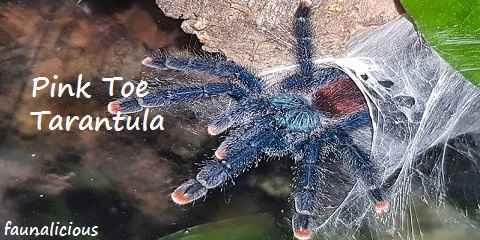
The Avicularia Avicularia otherwise called the Pink Toe Tarantula or Pink-toed Tree Spider is another prescribe decision for apprentice specialist. Local to South America, Trinidad, Guyana Guadeloupe, Dominica and Martinique in the Caribbean Sea, where dampness is moderately high consistently.
In this way, these tarantulas require the individuals who will invest the additional energy to guarantee that dampness and temperature necessities are nearly to a tee.
Avicularia avicularia is a hairy black or grey spider with characteristic pink tips on each foot. This article will describe about 3 pink toe tarantula facts and how to care it.
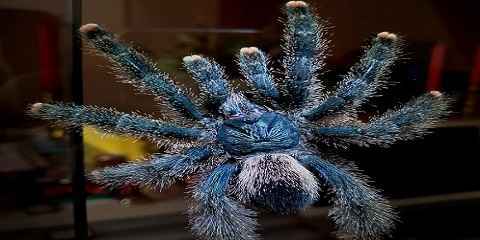
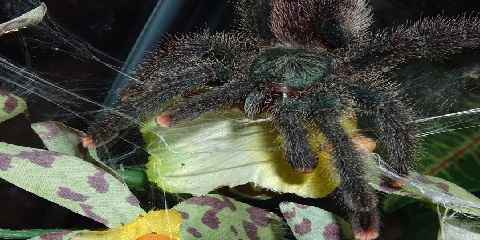
Facts of Pink Toe Tarantula
• Tarantulas, in spite of the fact that may give some the downers are essentially safe to people. Albeit venomous, the toxic substance is just sufficiently solid to murder preys its own particular size or littler. There presently can’t seem to be any instances of casualty because of tarantula chomps, however certainty is that a few people may endure a more extreme side effects because of hypersensitivities accordingly it is as yet encouraged to look for restorative consideration when nibbled.
• At the point when pink toe tarantulas feel undermined, you will see they lift up their front legs into the air and notwithstanding broadening their teeth. On the off chance that the follower proceeds with, a few species may even make a boisterous murmuring sound. On the off chance that that comes up short, tarantulas will then pivot with their guts confronting the follower and begin urtication on their hairs.
• As a rule, life expectancies of tarantulas go somewhere in the range of 5 – 11 years. Additionally, to be noted is that females at that point to carry on a considerable measure longer than their male partners. Look at the changed tarantula species segment (best of page) that are suggested for apprentices alongside particular data on them.
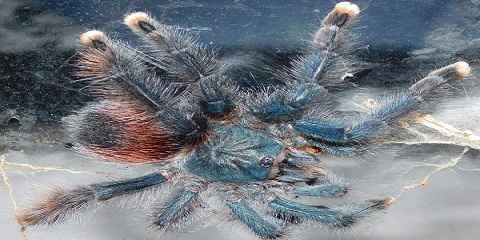
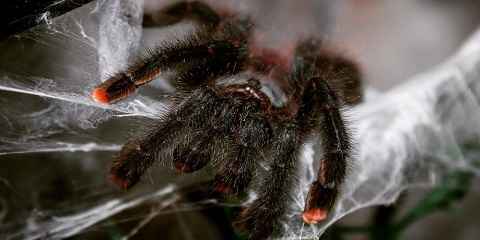
How to Care Pink Toe Tarantula
Guyana-pinktoe or South-American-pinktoe as well-known as pink toe tarantula, being tree-staying by nature considers a more naturalistic terrarium, live plants, barks and so forth.
A suggested setup for arboreal species like the Avicularia Avicularia is giving it a lot of articles to move around in the fenced in area. It ought to likewise be very much ventilated, else this outcomes in shape and buildup.
Since these tarantulas are arboreal, they want to make their networks nearer to the highest point of their terrarium. Thus, it is exceptionally prescribed to buy a fenced in area that opens from the side, not the best. This averts harm to the web each time you handle your tarantula and spares it from pointless pressure.
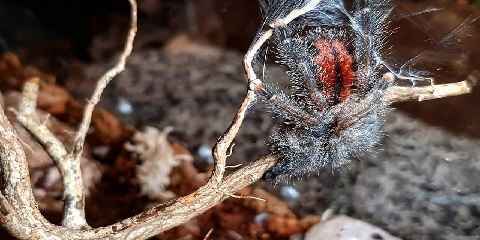
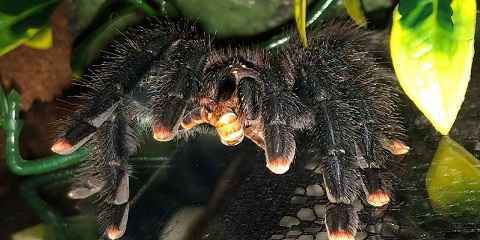
When buying one of these tarantulas, you will promptly see that the spider lings are brilliantly blue hued (see picture underneath). As they become more established (after a progression of shedding) the ebegin to go up against the shade of the tarantula on the right. The tame personalities of these pets make it an awesome acquaintance for anybody intrigued into with the expression of tarantulas, and they would rather escape that chomp or flick their hairs at you.
Being tough by nature, they will be capable endure temperatures going from 60 – 80 degrees F (general room temperature) with a humidity level of 65 – 75%. A decent dependable guideline is to fog the tarantula walled in area each 2 – 3 days and enabling it to dry out. When all is said in done, a pink toe tarantula grown-up will eat each 3 – 10 days, while a spider ling will eat all the more regularly, every 2 – 5 days.